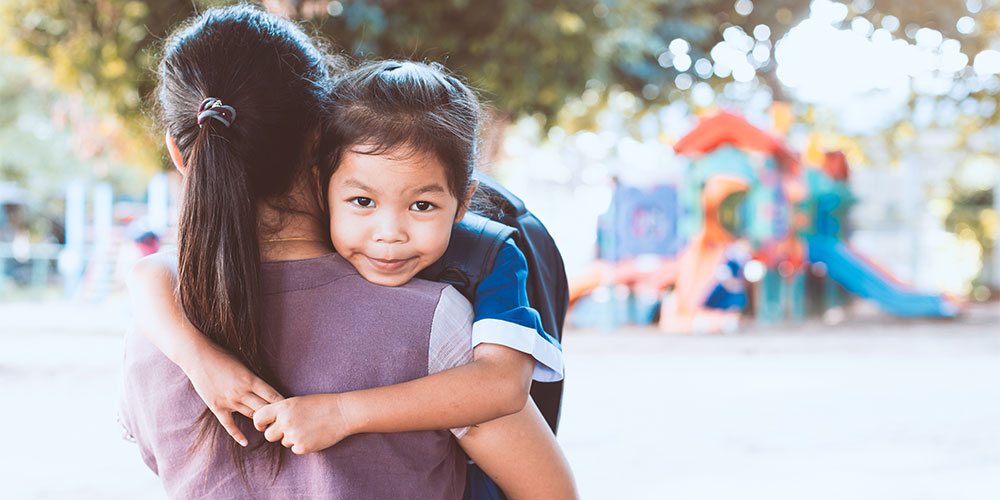As school officials, we spend ample time on various safety drills. Lockdown, fire, and severe weather drills all dot the administrative calendar. That said, when was the last time your district conducted a reunification drill?
There has been an emphasis on reunification procedures in recent years following national school tragedies. Emergencies on campus negate the ability to effectively reunite students and loved ones on school premises. Scrutiny moves from how incidents are handled in the heat of the moment to how they are handled after students and staff are no longer in harm’s way.
Having a plan on paper is a great initial step. Practicing an actionable reunification process is an entirely more complex undertaking. The need for the practicing of reunification drills was hastened in my district after one of our oldest schools was thought to have a gas leak last year, forcing students and staff to exit the building. The gas leak was eventually ruled out, and school resumed that day. Had it not, though, our district would have been pressed into relocating and reunifying roughly 300 students. It was in that moment that I knew we must put our reunification plan into action.
I am fortunate to work with an incredible group of administrators, so we set forth in refining our plan. One particular assistant principal was brave enough to practice the first reunification drill. Following that drill, another one of our schools practiced the drill with a larger group of students.
From those experiences and several others, I have identified several factors that can be addressed on the front end to ensure a successful drill:
1) Choose a reunification location far enough away from your campus so it won’t be overrun with emergency vehicles
Attempting to reunify too close to campus may overlap with a mobile command center and/or emergency vehicles and personnel. Additionally, your reunification location should have easy access to a restroom, be easy to locate for parents/guardians, and have ample room for your school nurse to assist students requiring medical attention.
2) Test your communication methods
When conducting the drill, utilize the same communication process you would in the event of an actual emergency. Since this is a drill, notify the recipients beforehand that they will be receiving a call/text/e-mail, emphasizing students will NOT be in harm’s way. This is simply done to ensure communication methods are working correctly. If your school utilizes walkie talkies, bring them with you to make sure they work inside the reunification area.
3) Choose your participants carefully
It is paramount the adults on your campus understand the reunification process. If you do choose to incorporate students, make sure they are students with which you have a good relationship with their parent/guardian. As this drill is outside of what is traditionally practiced, you do not want the added stress of a poor experience.
4) Involve all stakeholders
Communicating your drill beforehand to all stakeholders is important in order to avoid unnecessary panic. If you will be using a school bus to transport staff and students (recommended), make sure your transportation department is familiar with the number of passengers and the location of your reunification site.
Communicating your drill to district administration and your public relations specialist is important as well, as this will mitigate any questions local media may have. One of our schools that conducted the reunification drill also provided a detailed laminated schedule for the teachers so they would know what steps of the reunification process were happening at specific times.
5) Keep the “main thing” the main thing
Reunification is all about safely transporting students and staff to an alternate location where they can be reunited with their loved ones. We cannot be expected to execute those things which we do not practice, and the time to practice reunification is well before it is actually needed.







